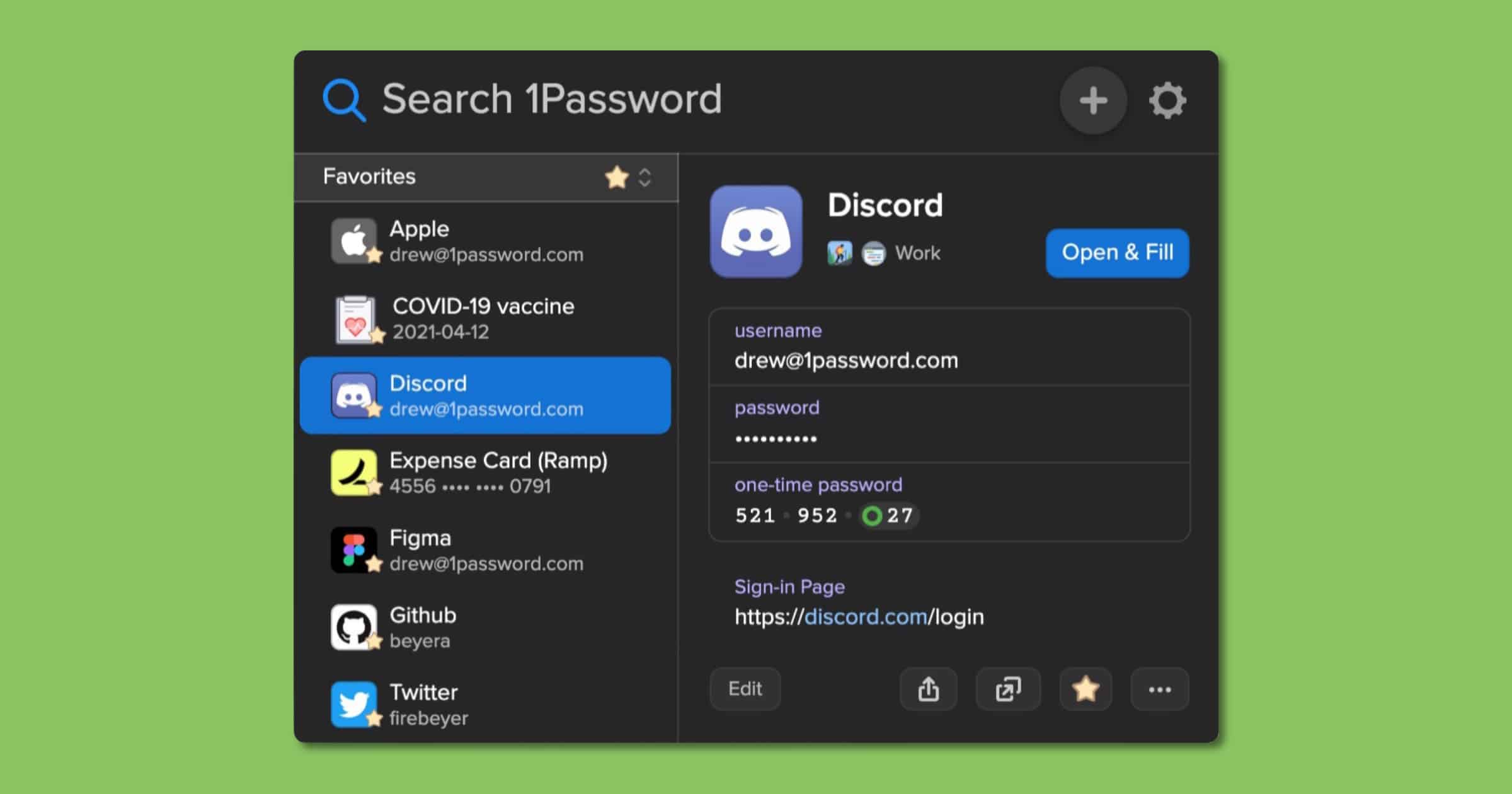

- Parallels desktop apple silicon windows m1 install#
- Parallels desktop apple silicon windows m1 full#
- Parallels desktop apple silicon windows m1 windows 10#
Parallels desktop apple silicon windows m1 windows 10#
Up to 30 percent better virtual machine performance (Windows): Running a virtual machine (VM) of Windows 10 on ARM Insider Preview on Parallels Desktop 16.5 on an M1 Mac performs up to 30 percent better than a Windows 10 VM running on Intel-based MacBook Pro with Intel Core i9 processor.Up to 60 percent better DirectX 11 performance: Parallels Desktop 16.5 running on an M1 Mac delivers up to 60 percent better DirectX 11 performance than on an Intel-based MacBook Pro with Radeon Pro 555X GPU.Up to 250 percent less energy used: On a Mac with an Apple M1 chip, Parallels Desktop 16.5 uses 2.5 times less energy than on a 2020 Intel-based MacBook Air computer.In a press releas e, Parallels highlights some key metrics that differentiate previous versions of the software with new, M1-supported version.


Parallels desktop apple silicon windows m1 full#
The company previously promised full support for Windows on Apple silicon when the operating system launches in October.Īpple's software engineering chief Craig Federighi last year said that Windows coming to M1 Macs is "up to Microsoft." The M1 chip contains the core technologies needed to run Windows, but Microsoft has to decide whether to license its Arm version of Windows to Mac users.Popular virtualization software, Parallels Desktop, today officially released version 16.5 which brings native support for Macs with Apple Silicon chips. How Parallels has achieved this is unclear, and we have reached out to them for comment, including whether support is still a long-term goal. Parallels has since released version 17.0.1 of its software, which seems to resolve the issue, allowing Windows 11 to again run on M1 Macs, for now at least. In the meantime, users have been using Parallels virtualization software to run Insider builds of Windows 10 and Windows 11 developed for Arm hardware, but there are indications that this route may soon be no longer viable, either.Īs noted by The Register, last week a Windows 11 Virtual Machine running on an M1 Mac with Parallels Desktop 17 began throwing up a hardware compatibility error on an Insider build. However, in November 2020, shortly after Apple debuted its first M1 Macs, a developer was able to virtualize the Arm version of Windows on Apple's M1 chip with no emulation, igniting hopes that official support would be developed down the line.
Parallels desktop apple silicon windows m1 install#
However, Microsoft has dampened hopes that Windows will ever work on Apple silicon, saying that running an Arm version of Windows 11 on M1 Macs, via virtualization or otherwise, is not "a supported scenario."Ī Microsoft spokesperson made the comments to The Register on Friday, suggesting that neither native support for Apple silicon nor support through virtualization is something the software giant is considering for its Arm architectures.Īpple's M1 chip is a custom Arm SoC, so it's not possible to install the x86 version of Windows or x86 Windows apps using Boot Camp, as was the case with previous Intel-based Macs. Macs powered by Apple silicon do not support Windows and there is no Boot Camp feature like there is on Intel Macs, but support for Windows is a feature that many users would like to see.


 0 kommentar(er)
0 kommentar(er)
